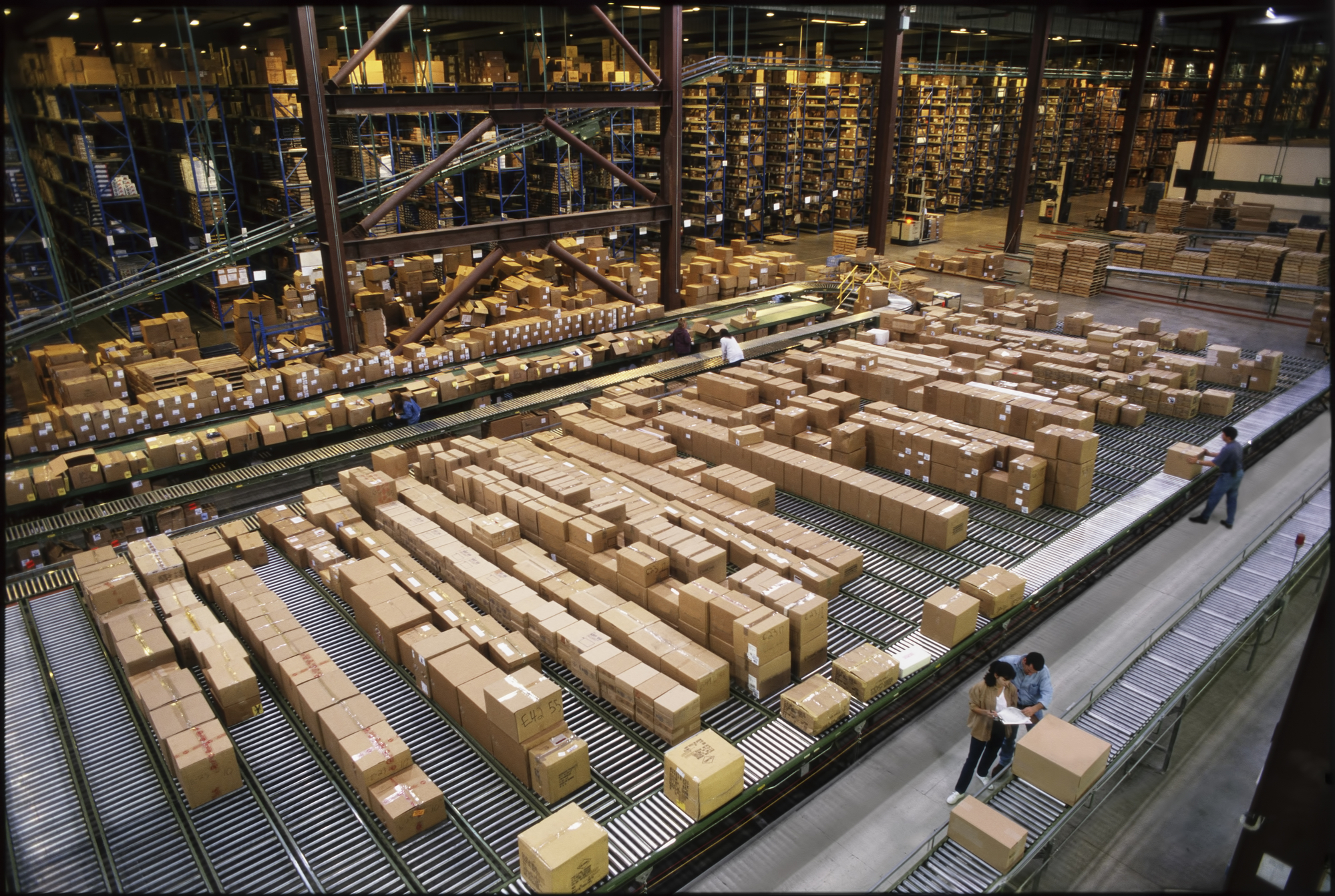As more companies race to automate their warehouses, a new report from MIT says they might be overlooking some major risks that could disrupt the entire supply chain.
The Warehouse of the Future report, published by researchers at MIT’s Center for Transportation and Logistics, outlines the top dangers facing highly automated warehouse operations. These include technical failures, cyber threats, new safety issues created by advanced robotics, and the loss of hands-on knowledge due to high employee turnover.
“The more interconnected and automated warehouses become, the more exposed they are to disruptions,” said Miguel Rodríguez García, one of the report’s authors, along with Kellen Betts and Eva Ponce.
The 5 Disruptions
Based on interviews with over 40 experts and a review of 200 sources, the report identifies five major disruptions companies should prepare for:
1. Cyberattacks: As more systems move to the cloud and vendors manage tech remotely, warehouses become easier targets. Every integration and software tool adds a new way for hackers to access them.
2. Power and Network Outages: Automated systems need constant power and the Internet. If either goes down—even briefly—it can stop operations completely.
3. Technology Sabotage: Bad actors can disrupt operations by tampering with software or equipment, whether internal or external. Many warehouses still lack strong monitoring systems to prevent this.
4. Technology Failures: Software bugs, sensor malfunctions, and battery fires can cause major problems. Old systems that haven’t been updated are especially vulnerable.
5. Accidents from Human-Machine Interaction: Safety becomes a real concern when people and robots work together. High turnover and lack of training only exacerbate the risks.
How Companies Can Stay Ahead
The researchers suggest a few key steps for preparing for these challenges. First, companies need stronger cybersecurity practices, especially with smaller tech vendors. Second, they should invest in training programs to help workers use new systems safely and confidently. Third, they should set up reliable backup plans, including manual processes, local and cloud-based system copies, and multiple power and network access points.
“Training and upskilling the workforce will help companies create safer and more rewarding jobs,” the report says. “Manual fallback options are key for maintaining continuity when all else fails.”
The study also calls for more industry collaboration between companies, suppliers, researchers, and government agencies to share lessons and create common standards for safe, reliable automation.
“It’s not just about speed or efficiency. It’s about being ready for what could go wrong—and knowing how to bounce back,” added Rodríguez García.




